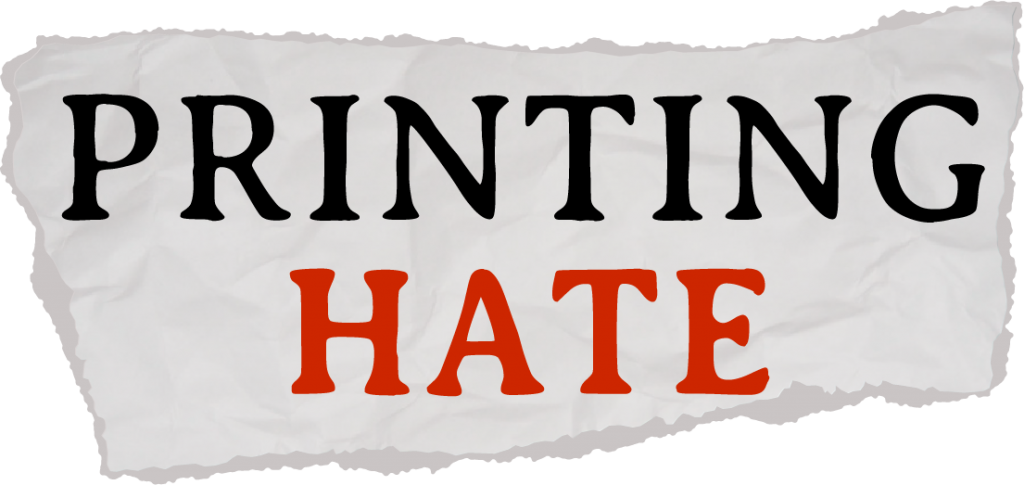By Molly Castle Work and Rachelle Keaton
Danville, Virginia, was economically prosperous in 1883. The town’s tobacco industry alone brought in $1 million a week, according to Danville Deputy Police Chief Dean Hairston, who is also a local historian.
But most people who worked in the tobacco industry were Black, said Ina Dixon, who also has studied the town’s history as part of her doctoral program. White Democrats, who had recently lost their political majority in the state to the biracial and progressive Readjuster Party, complained that working-class whites were left with no work.
In an effort to take back economic power, the Democrats created a new industry that would hire exclusively white workers — textiles.
This work is a collaboration of the Howard Center for Investigative Journalism and Capital News Service at the University of Maryland, Morgan State University, Hampton University, Howard University, Morehouse College, North Carolina Agricultural & Technical State University and the University of Arkansas.
Textiles were known as white people’s work, Dixon said, and the textile industry was developed in Danville to “combat the flourishing of the Black community.”
Dan River Mills, formerly called Riverside Cotton Mills, opened in Danville in 1882, one year before the town’s 1883 massacre. The mill owners were determined to hire white workers for the best jobs, and went so far as to trudge into the Appalachian Mountains in search of white labor, she said.
White Democrats said hiring a predominantly white workforce would empower poor white workers and raise them up on the social ladder, Dixon said. Black workers were hired, also, but they were relegated to low-level positions with little hope of advancement
PRINTING HATE
EXPLORE ALL STORIES
The newly recruited white textile laborers helped elite white Democrats shift the city’s population from majority Black to majority white — a majority they clung to until Dan River Mills closed in 2006.
In the leadup to the 1883 state election, the stage was set — white Democrats were prepared to amass white wealth and unite the white population to bring in more votes and regain the political majority.
Three days before the election, the massacre happened. Dan River Mills founder Robert Addison Schoolfield was part of the violent patrol after the massacre that suppressed the Black vote, and mill leaders later boasted about the integral role they played in blocking the Black vote and “saving their white city,” Dixon said.
Dixon said Dan River Mills helped cement the notion of white supremacy in Danville by providing a path for white citizens to take back economic power from the Black community and creating the illusion of social superiority.
“They wanted to create conditions where people could believe the lie” of white supremacy, she said.
Dan River Mills wasn’t forced to integrate until nearly 100 years later, in the 1970s, Dixon said, when Black workers filed a lawsuit against the company alleging they weren’t allowed to work in supervisory positions.
Few Danvillians know about the 1883 Danville massacre and the role the textile industry played in cementing white supremacy, Dixon said.
“People think that textiles came and saved everybody and it was awesome,” she said. “It didn’t save the town. It segregated it.”


